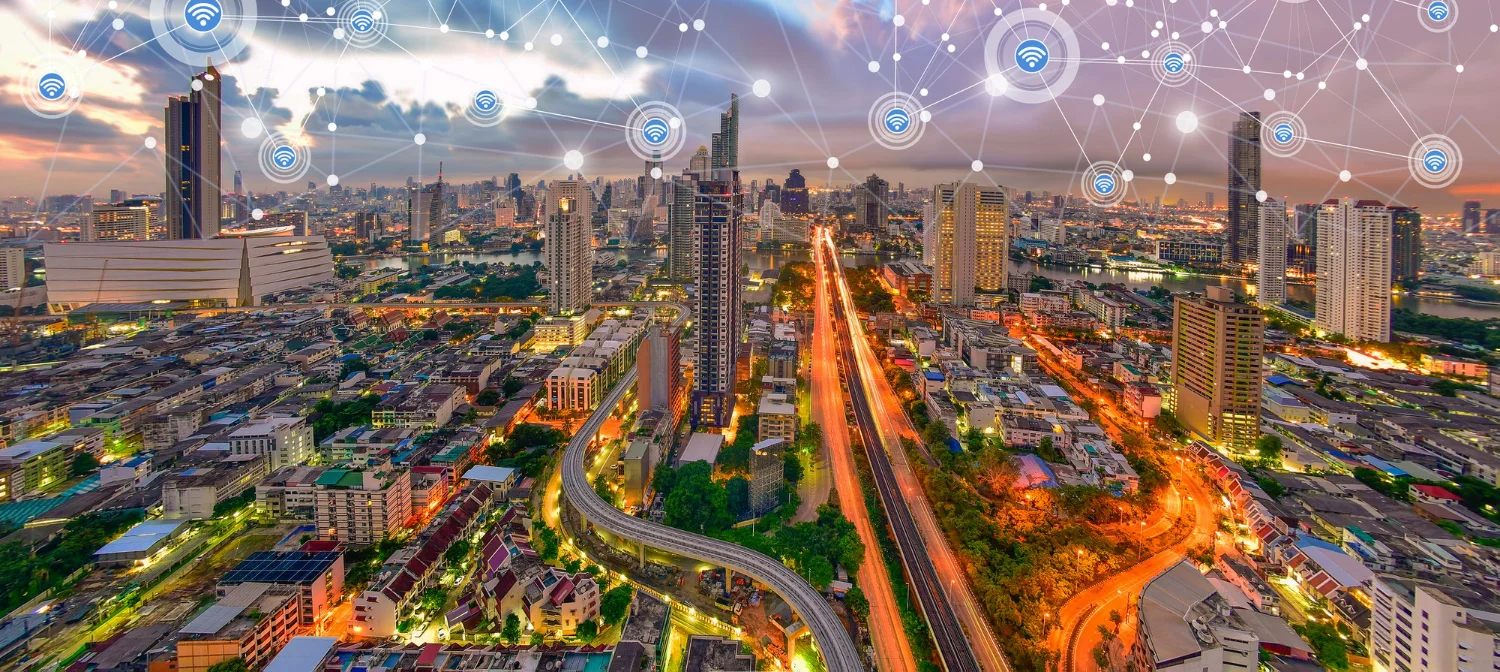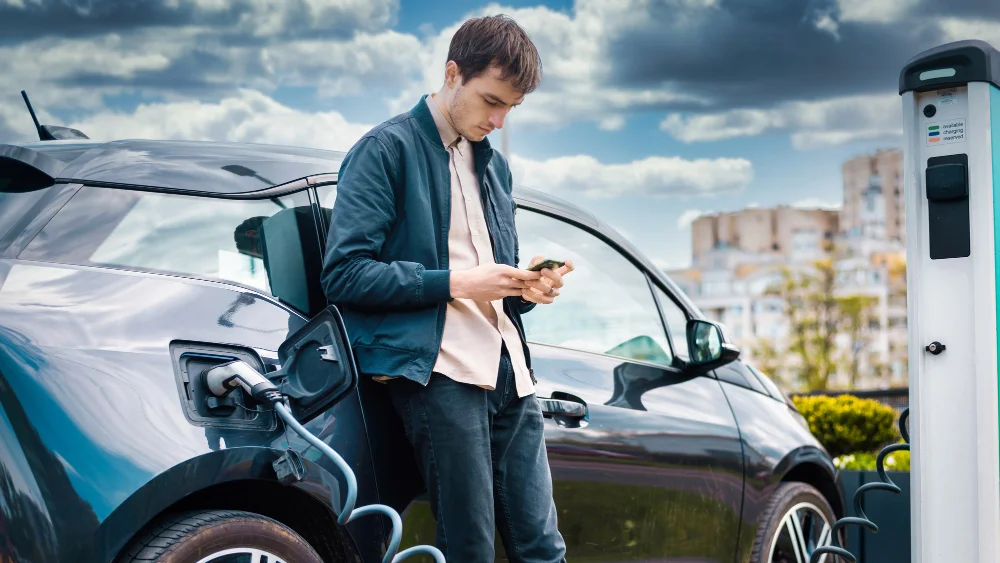Introduction
Smart cities are transforming urban living. Asia, a hub of technological innovation, leads the way in redefining urban landscapes through smart city initiatives. With booming populations and rapid urbanisation, Asian cities are tackling unique challenges. They’re pioneering smart solutions that others look to as a model.
What Defines a Smart City?
A smart city leverages advanced technology to make life better for its residents. Through systems like IoT (Internet of Things), AI, and data analytics, smart cities gather and use data to improve public services, transportation, and sustainability. These cities focus on optimising resources and enhancing urban management. The goal? Better quality of life, cleaner environments, and efficient public services.
Why Asia? The Driving Factors Behind Eastern Innovation
Asia is uniquely positioned to lead the smart city movement. High population densities, urbanisation pressures, and strong government support fuel this push. Many Asian countries, particularly China, Japan, Singapore, and South Korea, prioritise technology for urban development. Public-private partnerships also contribute to Asia’s advancements, attracting major investments in tech and infrastructure. With a culture of rapid adaptation, Asia is primed to set the global standard.
Case Studies of Leading Smart Cities in Asia
Singapore
Singapore is often regarded as the “Smart Nation.” It has a robust framework for urban planning, sustainability, and smart infrastructure. Singapore’s initiatives focus on energy-efficient buildings, autonomous vehicles, and smart water management. The government’s Smart Nation program drives continuous innovation, setting a high bar for urban excellence.
Tokyo, Japan
Tokyo integrates technology to manage its unique challenges, particularly disaster resilience. With advanced robotics, automation, and sensor networks, Tokyo focuses on safety and efficiency. In preparation for events like earthquakes, Tokyo uses AI to predict and mitigate disaster impacts. Smart transportation systems also make commuting easier for millions.
Seoul, South Korea
Seoul is a pioneer in digital administration. It offers residents access to free public Wi-Fi and digital portals for civic engagement. Seoul’s digital transformation includes smart traffic management and energy-efficient buildings. The city uses open data, encouraging citizens to participate in city improvements. Seoul’s citizen-centred approach makes it a model for interactive smart cities.
Shanghai and Shenzhen, China
China’s rapid urban development finds its peak in cities like Shanghai and Shenzhen. Shanghai focuses on IoT integration for efficient city management. Shenzhen, known as China’s Silicon Valley, invests in AI and smart infrastructure. Both cities utilise data to streamline public services, reduce pollution, and improve traffic. China’s government also drives its Smart City initiatives, making fast progress.
India’s Smart Cities Mission
India launched its Smart Cities Mission in 2015, aiming to modernise urban centres across the country. The mission includes 100 cities, each focusing on sustainable and tech-driven projects. Although still developing, India’s initiative addresses local challenges, such as traffic congestion, pollution, and waste management, in innovative ways.
Key Technologies Shaping Smart Cities in Asia
The technologies powering Asia’s smart cities include:
- 5G: Enables faster data transfer for real-time urban management.
- Artificial Intelligence (AI): Assists in data analysis, traffic flow predictions, and resource management.
- Internet of Things (IoT): Links devices across the city to monitor and respond to changes.
- Data Analytics: Helps officials make informed decisions based on real-time data.
- Green Technologies: Solar power, electric vehicles, and eco-friendly buildings reduce environmental impact.
These technologies enable cities to respond dynamically to urban demands, ensuring efficient and sustainable solutions.
Sustainability and Environmental Goals
Sustainability is central to Asia’s smart city projects. Cities focus on reducing carbon emissions, improving air quality, and adopting renewable energy sources. Singapore has introduced green building standards, while Seoul is implementing solar-powered streetlights. These cities are reducing waste, reusing resources, and striving for carbon neutrality. By integrating sustainability, Asia’s smart cities aim for a cleaner, more resilient future.
Challenges Facing Smart Cities in Asia
Despite progress, Asian smart cities face challenges. Privacy concerns arise with extensive data collection. Ensuring cybersecurity is critical to protecting urban systems. Rapid urbanisation also brings issues like overcrowding, pollution, and strain on resources. Financing these massive projects requires significant investment. Governments and companies work together to overcome these challenges and develop secure, resilient cities.
Impact on Residents and Quality of Life
Smart cities directly benefit residents. Improved public transport reduces commute times, and energy-efficient buildings lower utility costs. Access to real-time information on traffic and public services saves time and reduces stress. Smart healthcare systems provide quick medical assistance. Overall, these cities enhance quality of life, making daily routines smoother and more convenient.
Future Prospects: What’s Next for Smart Cities in Asia?
Asia’s smart cities are continuously evolving. Future developments may include the integration of blockchain for secure data management and even more AI-driven solutions. Cross-border collaboration could lead to standardised smart city solutions, applicable beyond national boundaries. With rapid technological advancements, Asia’s influence on global urban development will only grow stronger.
Conclusion
Asia’s smart cities are more than just technologically advanced urban areas—they’re pioneering examples of what modern cities can achieve. From sustainability goals to resident-centred designs, Asia is setting new standards for smart urban development. As these cities continue to grow and innovate, they’ll shape the future of urban living worldwide.


